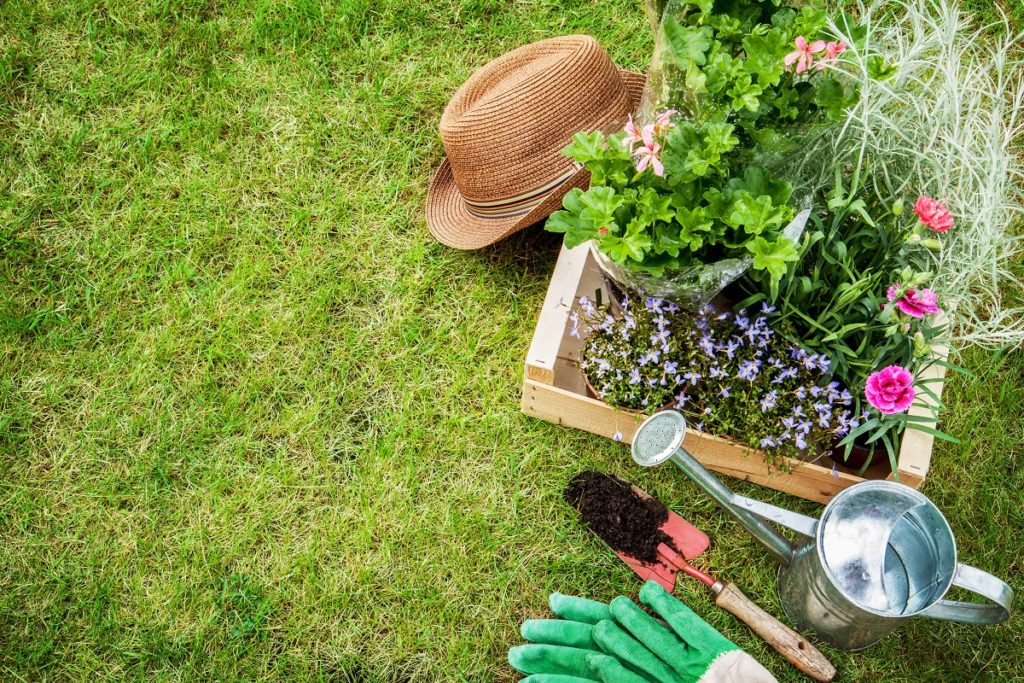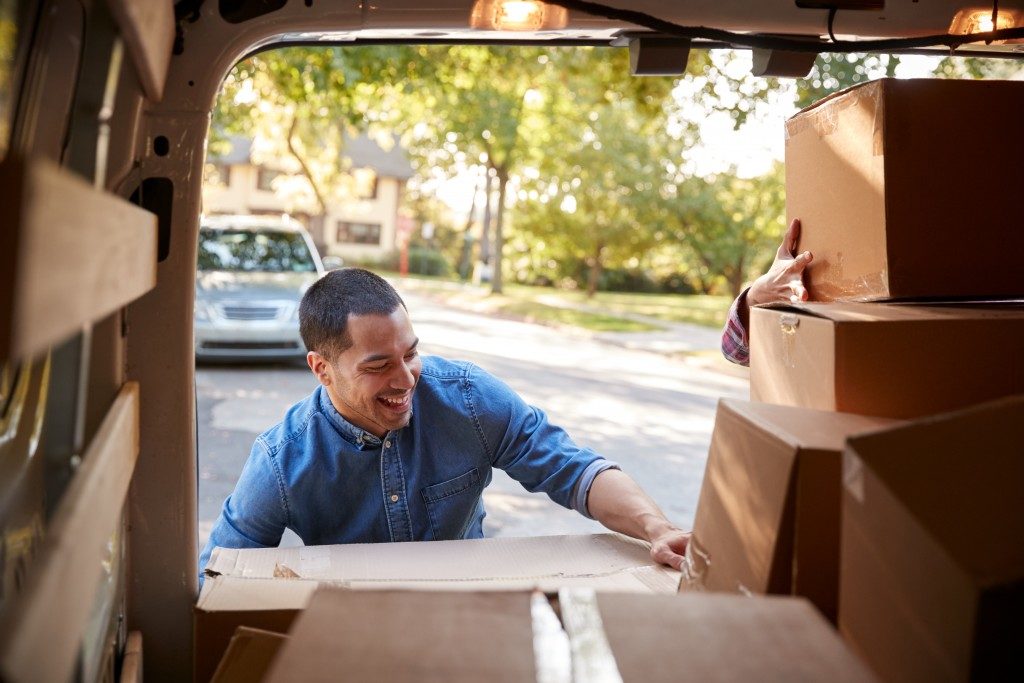Urban gardening gained popularity a few decades ago, and nowadays, it has become a movement towards a healthier environment and a self-sustaining lifestyle. From big companies to private individuals, city gardening has undoubtedly taken the world by storm. If you want to join the club, read on and learn what you will need to start an urban garden right at your own home.
Find a Spot
It all begins with space. And with urban gardening, space doesn’t necessarily need to be huge. Whether it’s on your front lawn, a rooftop, a small garden patch, or just by the windowsill, you can start urban gardening.
Though space is not an issue, it is still important to consider natural elements like wind and natural light. Plants, in general, need at least six to eight hours of sunlight to grow. But if you live in an apartment and plan on putting your garden in an alley or corridor, it’s best to begin with plants or vegetables that thrive on low exposure to sunlight.
Acquire Gardening Tools
You can not begin planting without some basic gardening tools. Though you are only starting on low-scale and low maintenance garden, you still need equipment like:
- Hand or gardening gloves — to protect your skin from sharp objects. Gloves made with synthetic leather are the best choice.
- Hand rake — used to manipulate the soil and to remove unwanted weeds
- Hand pruner — used to cut stems and small branches
- Digging fork — used to loosen the soil and change its composition
- Gardening hat — to protect you from harsh sunlight
- Digging bar — to clear debris from the soil
- Hori–hori — a Japanese gardening tool that looks like a Swiss knife. It has at least three hand tools that are best used in removing weeds and transplanting.
Get Pots and Containers
You have to be careful with choosing the correct pot because this can mean life and death for the plant. Generally speaking, a small to medium container should have a drainage hole that is ½ inch in diameter, while a large one should have at least one inch in diameter.
There is also a method called container gardening, which is best for beginners with small space because it allows you to plant in almost any container. However, the rule of thumb is your container should always match the size of the plant that you are growing.
In seeding, you will need a pot or container that is at least two to three inches deep. You can use milk cartons, yogurt cups, or egg tray as long as it has proper holes to drain the water out. Below are the minimum container depth needed for some common types of vegetables:
- Four to five inches — lettuce, radish, basil, chives, and coriander
- Six to seven inches — onions, garlic, peas, thyme, mint, and beans
- Eight to nine inches — cucumber, eggplant, leeks, fennel, peppers, rosemary, spinach, parsley, carrots, and chards
- Ten to 12 inches — okra, potatoes, dill, summer squash, beets, broccoli, and sweet corn
Choose the Right Type of Soil
Backyard soil is acceptable, but it may not be the best option if you plan on growing indoor plants in containers. The thing is, garden soil doesn’t hold enough water, air, and nutrients needed to sustain plants on containers and pots. It is too compacted, dense, and heavy.
There are many gardening soils in the market, but the basic mix is usually composed of perlite, peat moss, and vermiculite. This mixture is soil-less and can absorb moisture easily. Many gardeners also add fertilizers and organic components to their mix like:
- Finished compote
- Composted peat
- Leaf mold
- Grass clippings
- Kitchen scraps
- Eggshells
- Coffee grounds
- Banana peels
- Tree leaves

Know What to Plant
A majority of vegetables need at least six hours of exposure to sunlight, and this will not be a problem if you have an outdoor space, a rooftop, a large windowsill, or a garden. Vegetables that thrive on direct sunlight are:
- Tomatoes
- Peppers
- Beans
- Chard
- Lettuce
- Potatoes
- Eggplants
- Herbs
If you live in a condominium or an apartment building, having natural light may be a problem. However, you do not need to worry or stop your idea of urban gardening because many vegetables are grown on three to six hours of exposure to sunlight or in the shade. Some of them are:
- Potatoes
- Carrots
- Beats
- Spinach
- Salad greens
- Chard
- Asparagus
- Bok choi
- Broccoli
- Brussels sprouts
- Cabbage
- Cauliflower
- Celery
Water Your Plants
This is non-negotiable. Your plant, regardless of what type it is, will die if not watered properly. You need to water your plants at least once a day, every day. If you have an outdoor garden that’s a bit large, then using a gardener hose or installing a sprinkler system will be the most convenient option for you.
You can also reuse water as long as it doesn’t have soap or toxic chemicals. The water you used to rinse your rice or to boil eggs is as good as freshwater. Leftover plain black coffee is also good for plants that love acidity like peppers and tomatoes.
Now, growing your own supply of vegetables, greens and crops is possible even if you’re right in the middle of the metropolis. Armed with knowledge and basic tools, you can turn any space into a beautiful urban garden.




